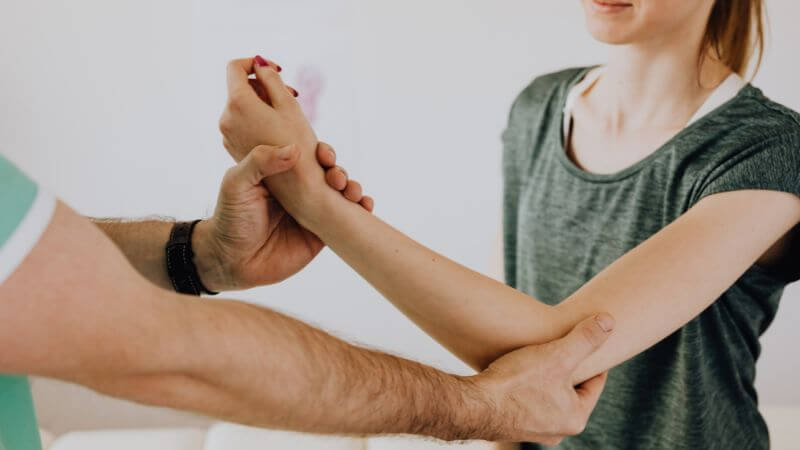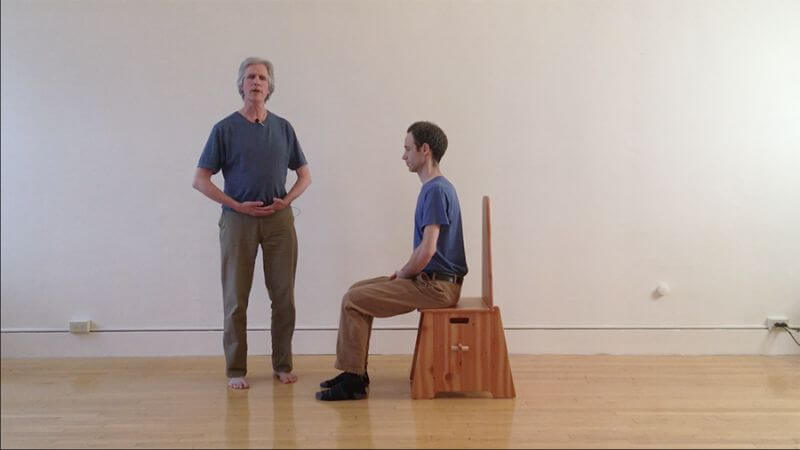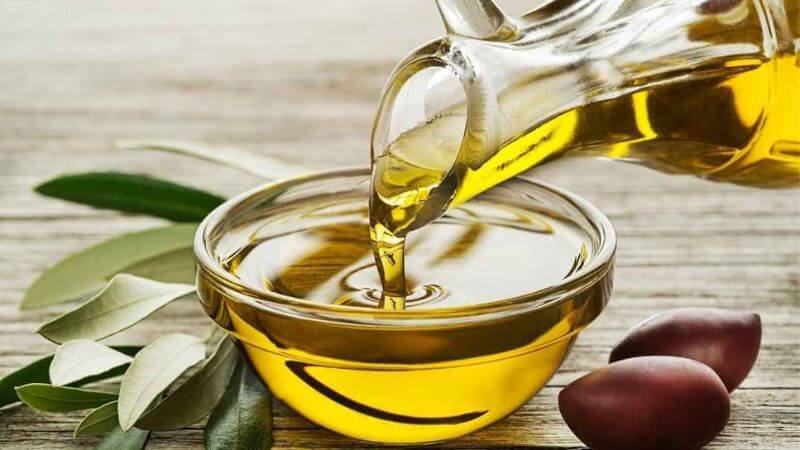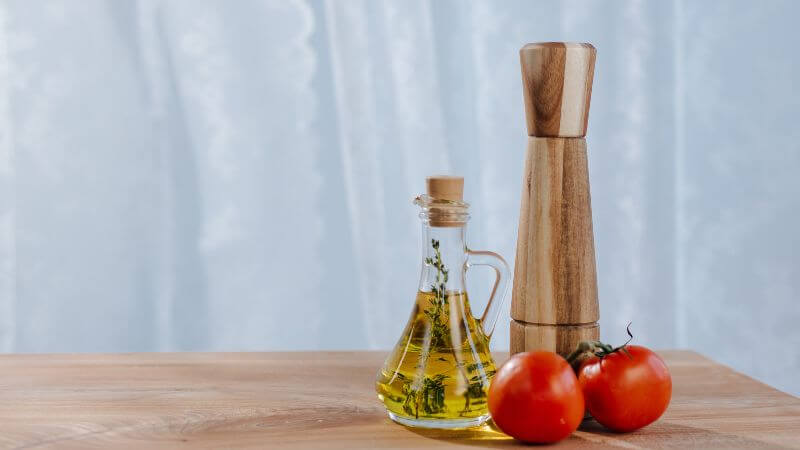In this blog post, you’re going to learn some expert tips on how to maintain healthy joints, stay pain-free and active as you age, and avoid Osteoarthritis.
You know the old song: ”The hip bone connected to the thigh bone, the thigh bone connected to the knee bone, the knee bone connected to the leg bone, and so on down the length of the body!
Even if I didn’t get all the words correct, the song whose lyrics were taken from a chapter in the Bible (Ezekiel 37) – perfectly describes the function of joints. Whatever and wherever their type or location, joints all do the same thing – they connect and help to move ‘Dem Bones’
Joints are always ‘switched on’, always active, and always an essential part of daily living. Perhaps in part because of this nonstop motion, joint (or ‘musculoskeletal’) pain accounts for up to a third of all physician visits.
We don’t leave home without them, and if our joints are not in good shape – we sometimes don’t leave home at all! Generally joint pain is the result of osteoarthritis, can affect anyone, and typically starts as our bodies begin to show the effects of aging.
Incidentally, this effect is all the more noticeable with ‘Usual’ aging (which has been and will continue to be discussed in this blog many times!)
The good news is that joint pain is not inevitable with aging and there are several things you can do to encourage and maintain joint health which are described below.
But first – a quick and basic overview of joints and their major components – because being jointly responsible also involves learning more about something that can impact your health, wellness, and physical function.
Joint Moves:
Every joint has the same makeup – only the way they operate may differ. For example, shoulders and hips work more like a ball-and-socket, while knees work more like a hinge.
All joints have the same basic function: They connect one bone to another and give us the ability to bend, twist, and wave our hands (or anything else) in the air.
Without going into too much detail, the main components of joints are:
- Connective Tissue – AKA Ligaments and Muscles:
The ligaments provide an extremely strong ‘connection’ between one bone and the next. The muscles also ‘connect’ bones but also provide the means for movement. Essentially the ligaments provide joint stability and the muscles provide joint movement. - Cartilage – AKA ‘The Smooth Cushioner’:
Cartilage is a tough, fibrous disc-shaped piece of tissue that acts as a cushion between joints. Because it is also somewhat elastic it acts as a shock absorber to prevent bones from grinding against each other. Osteoarthritis appears when we start to lose that cushioning, and several things can contribute to the loss, often all at the same time. Here’s a list of the ‘usual suspects’
Causes of Osteoarthritis
1. Aging:
Cartilage thins as we age and over time the surface of cartilage can change from smooth to irregular and rough. That’s when you start to notice …. those things that you used to take for granted like getting out of the chair or getting up the stairs etc. It used to be done without much thought … but now?
2. Previous injuries:
Even if you didn’t think much of them at the time, seemingly minor joint injuries when you were younger can sometimes prompt joint pain in later life. They can cause microscopic injuries to muscles and ligaments (known as ‘microtraumas’) which can produce joint pain ‘down the line’.
3. Inflammation:
Small injuries (microtraumas) can upset the biomechanics of your joints. That, in turn, changes the internal makeup of the cartilage. These microtraumas can cause low levels of inflammation which then releases chemicals that are damaging to joints over time.
4. Muscle loss:
Muscles help to support joints. The more muscle you have – the more potential muscle strength you have – and the more you will be able to absorb the impacts and ‘poundings’ of daily living. This produces less stress on the joints. Less joint stress = more joint health!
5. Excess weight:
More weight = more work for the joint = more damage (and more microtrauma) in the long run. This is especially true for knees, which have to support your body weight.
Ok so now you know the issues – here are some options for doing something about (most of) them. Our highly skilled staff can work with you on all of these:
Healthy Joints for Healthy Living.
Here are expert tips on how to maintain healthy joints, and stay pain-free even at old age.
1. Stay at a healthy weight.
This is probably your best option for joint health. Staying at a healthy weight will help reduce the microtrauma that damages cartilage. Research reports that a weight loss of as little as 11 pounds can reduce arthritis pain by 50 percent for many women. Weight loss (if you are already overweight) may also help slow the progression of osteoarthritis over time.
2. Stay active.
Physical activity helps reduce stiffness in the joints. Low- or no-impact aerobic exercises like swimming, walking, or cycling twice a week or so are ideal. Strength exercises too are particularly effective for reducing symptoms of osteoarthritis (see below). When mixed with stretching and relaxation exercises, these make a highly proactive approach for keeping joints working at optimal efficiency.
3. Stay strong.
Weight training strengthens the muscles and ligaments that surround joints. Strong supporting muscles protect joints from damage. Our STRIVE program (Seniors Strength Training for Independence, Vitality, and Energy) has been very successful in this respect.
4. Stay cool.
Some people experience pain, swelling, or discomfort after exercise. If this applies to you, icing your joints for 10 minutes or so after the activity can help. When you exercise, a lubricant called synovial fluid is drawn into your joints. However, if the fluid sticks around too long after exercise, it can cause cracks in the cartilage. Ice helps to move the fluid out of the joint and into the lymphatic system, the garbage disposal of the body.
5. Stay with a good diet.
Studies show the omega-3 fatty acids found in fish can help to reduce symptoms of joint pain and also change the levels of inflammation that may be causing some of the pain. Fish oil appears to slow the production of inflammation-signaling cells.
The best sources are fish such as salmon and tuna. Research shows that 400 to 800 International Units (IUs) of daily vitamin D may also help protect your joints, via an anti-inflammatory effect. As a comparison, one cup of milk contains 100 IUs, and three ounces of salmon has 300-650 IUs.
Final Thoughts: Tips for Healthy Joints
Maintaining healthy joints is essential for long-term mobility and overall well-being. To keep your joints in top condition, it’s important to stay physically active with regular, low-impact exercises like swimming or walking.
A balanced diet rich in anti-inflammatory foods, such as fruits, vegetables, and omega-3 fatty acids, can also support joint health. Proper hydration and maintaining a healthy weight reduce excess strain on your joints.
Don’t forget to listen to your body—rest when needed, and consult a doctor for persistent pain. By taking these steps, you can protect your joints and enjoy an active, pain-free life well into your later years.




